Can’t Get Pampas Grass to Grow? Here’s What You Need to Know
Master the art of growing pampas grass with this comprehensive guide. Learn everything from planting and soil needs, to pruning, dividing and troubleshooting common issues for these dramatic ornamental grasses.
With its large, feathery plumes and striking height, pampas grass (Cortaderia selloana) makes an unforgettable statement in gardens across many regions. Native to Brazil and Argentina, this towering ornamental grass has become a landscape favorite worldwide for its bold texture and year-round interest.
While undeniably beautiful, pampas grass does require some special care to control its aggressive spreading habits. This guide will walk through all the essentials for growing healthy, vigorous plants while keeping them well-behaved in the garden space.
Planting Pampas Grass
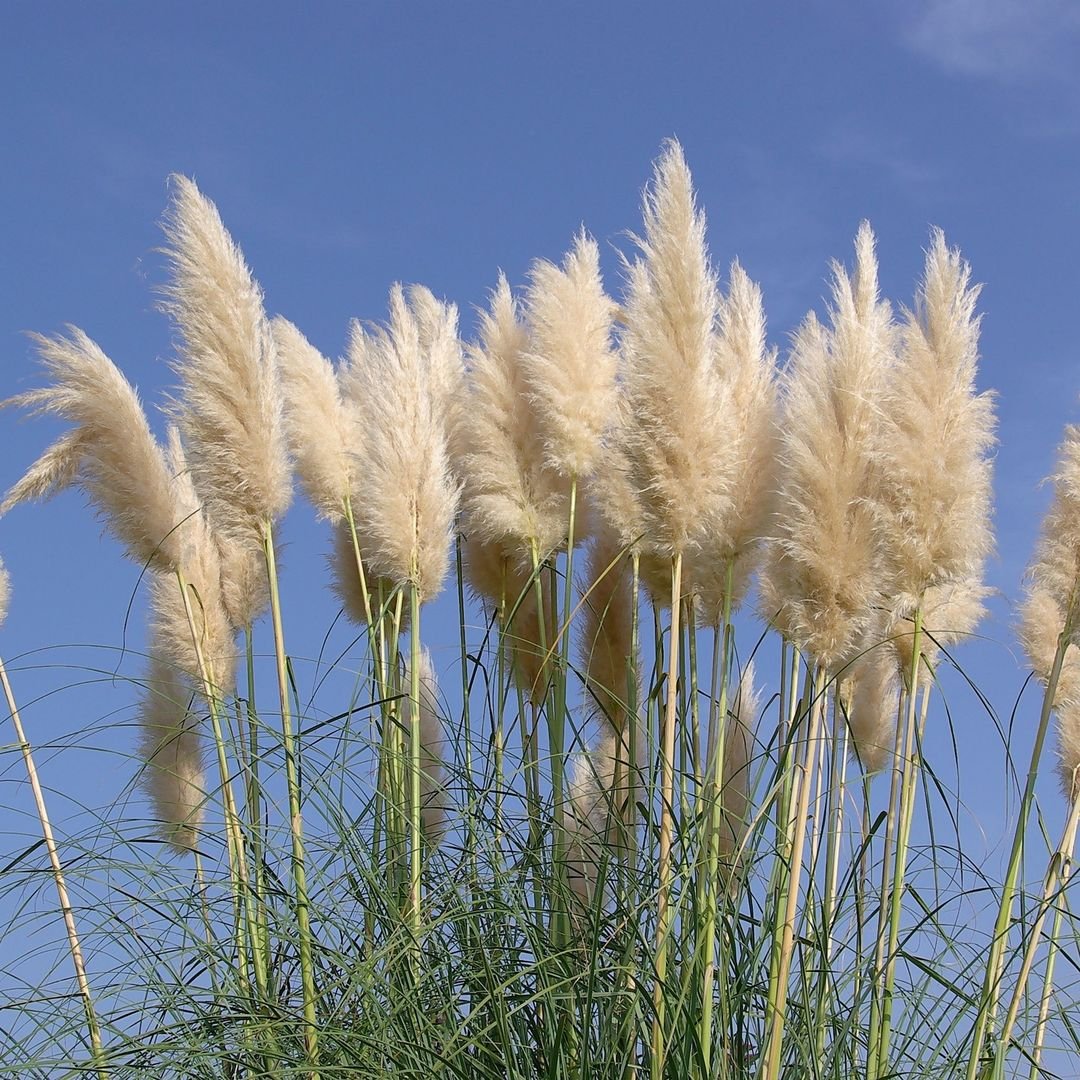
Pampas grass grows quickly from root divisions or transplants, ultimately forming a wide, fountain-like clump up to 6-8 feet tall and 5-6 feet wide. Space plants 5-6 feet apart, or even further if you want to limit their spread.
Choose a sunny site with well-drained soil, as pampas grass doesn’t tolerate soggy conditions. Amend dense, heavy soils with compost or small gravel to improve drainage before planting.
Dig a hole twice as wide as the root ball but no deeper. This will encourage the roots to spread outward instead of down, providing stability for the tall, heavy plumes.
Fill in around the roots with a mixture of soil and compost. Water deeply at the time of planting, then pull some soil up around the base, forming a modest well. This will help direct future waterings directly to the root zone.
Water Needs
Once established, pampas grass is highly drought-tolerant, requiring only minimal irrigation beyond normal rainfall. In fact, overwatering can cause root rot and other issues.
For the first season, water newly planted pampas grass regularly to get it well-rooted. Provide about 1-2 inches of water per week either from rainfall or supplemental irrigation. Avoid letting the soil dry out completely.
In subsequent seasons, mature pampas grass can thrive on just 1 inch or less of water during hot, dry spells. Only water deeply if the plant begins showing severe drought stress like browning or tattered leaf tips.
Fertilizer Requirements
Pampas grass is a robust, heavy feeder that benefits greatly from an annual spring application of balanced fertilizer. This will support lush, vigorous foliage and plume growth.
Use a 10-10-10 or 12-12-12 NPK fertilizer and apply following product instructions for ornamental grasses. Alternatively, top-dress the plant’s base with 1-2 inches of nutrient-rich compost or aged manure each spring.
Avoid excess nitrogen, which can result in floppy, weak plumes that may require staking. A higher phosphorus ratio (more P in the NPK formula) encourages stronger flowers and roots.
Care and Pruning
To keep pampas grass looking its best, plan on giving it an annual grooming in late winter before new spring growth appears.
Use sharp pruners to cut back all the old, dried plumes and tattered foliage to within several inches of the ground. Wear gloves and eye protection, as the long leaves and stems can cut skin.
Dig out any dead or declining fans or sections within the clump using a sharp spade. This will revitalize the plant and reduce congestion at the base.
Once the pruning is complete, rake out any lingering debris and topdress around the base with 1-2 inches of compost, aged manure or other organic matter.
Dividing
Every 3-4 years, pampas grass will benefit from being divided and replanted to reinvigorate growth, as the centers of older clumps can gradually die out.
Carefully dig out the entire rootball or clump in spring as new growth is starting to emerge. Use a digging fork, sharp spade or pruning saw to cut through the fleshy rhizomes and separate the clump into several sections.
Replant the divisions immediately and water them in well. You may need to stake or support the plumes for the first season while they re-establish their root systems.
Common Issues
Pampas grass has few major pest or disease problems, though some common issues can arise from incorrect cultural practices.
Browning foliage – This often results from overwatering or poorly draining soils. Pampas grass must have fast-draining soil and should dry out somewhat between waterings. Improve drainage and avoid excessive moisture.
Tattered, shredded leaves – Usually caused by inadequate moisture coupled with drying winds or winter exposure. Avoid drought stress by providing supplemental irrigation during hot, dry spells as needed.
Stunted growth/small plumes – Most likely due to poor soil fertility. Apply a balanced fertilizer and top-dress with compost annually, preferably in early spring.
Crown/center dieback – The older central sections of very mature, overgrown clumps sometimes die out. Divide and replant new, robust outer sections every few years to rejuvenate growth.
Invasive spread – Yes, pampas grass spreads aggressively via underground rhizomes and self-seeding. Plant it away from other plantings or confine its roots with buried landscape edging if needed.
With its impressive height, bold texture, and showy plumes, pampas grass creates unmatched ornamental impact. Provide the right care and it will reward you with years of drought-tolerant, low-maintenance beauty – as long as you’re prepared to keep its wandering growth in check!

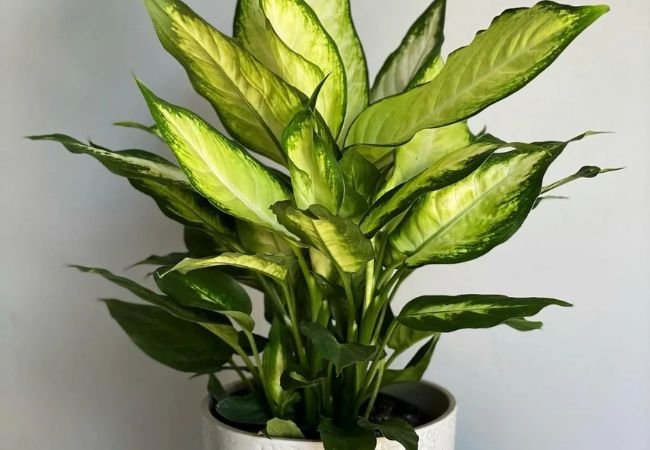
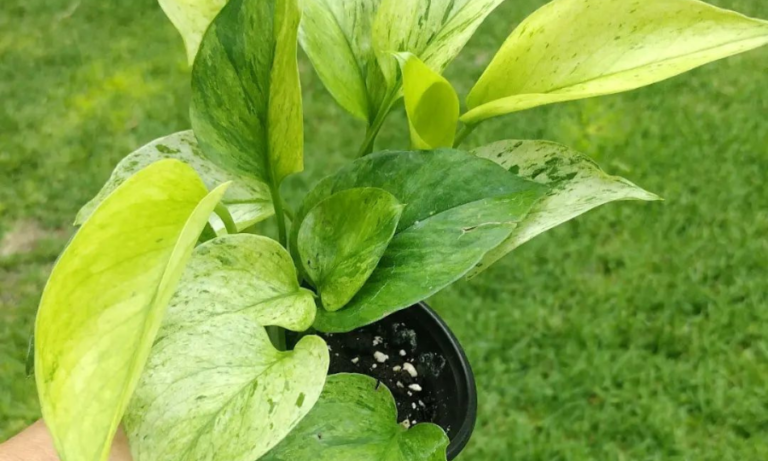
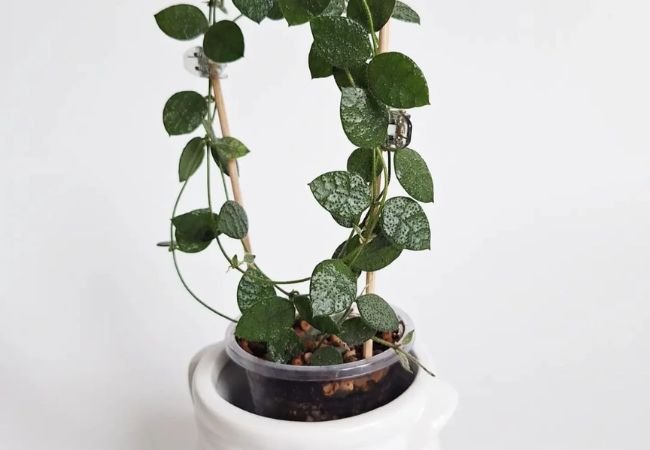

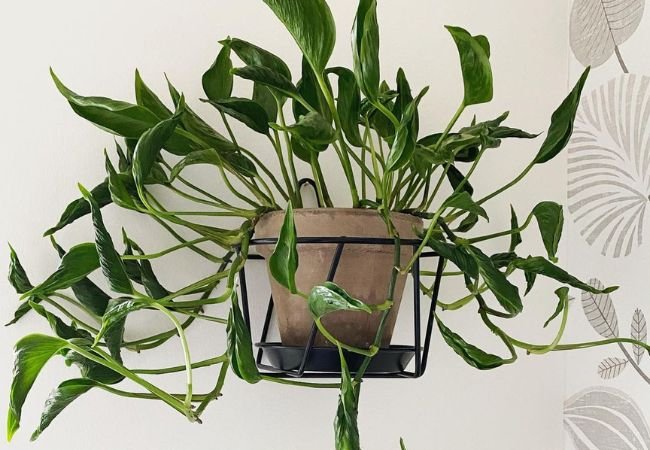
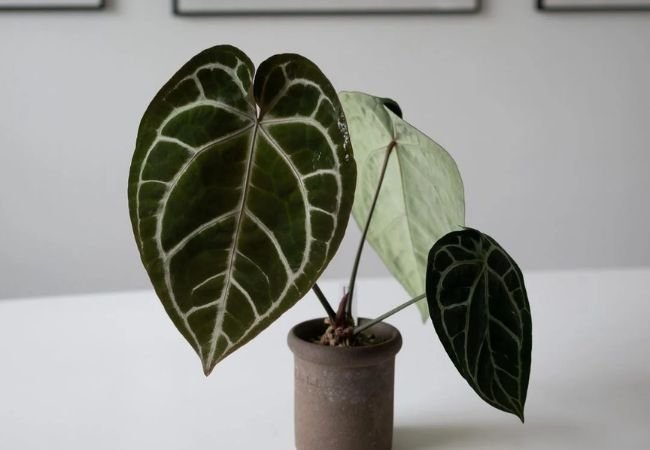
One Comment